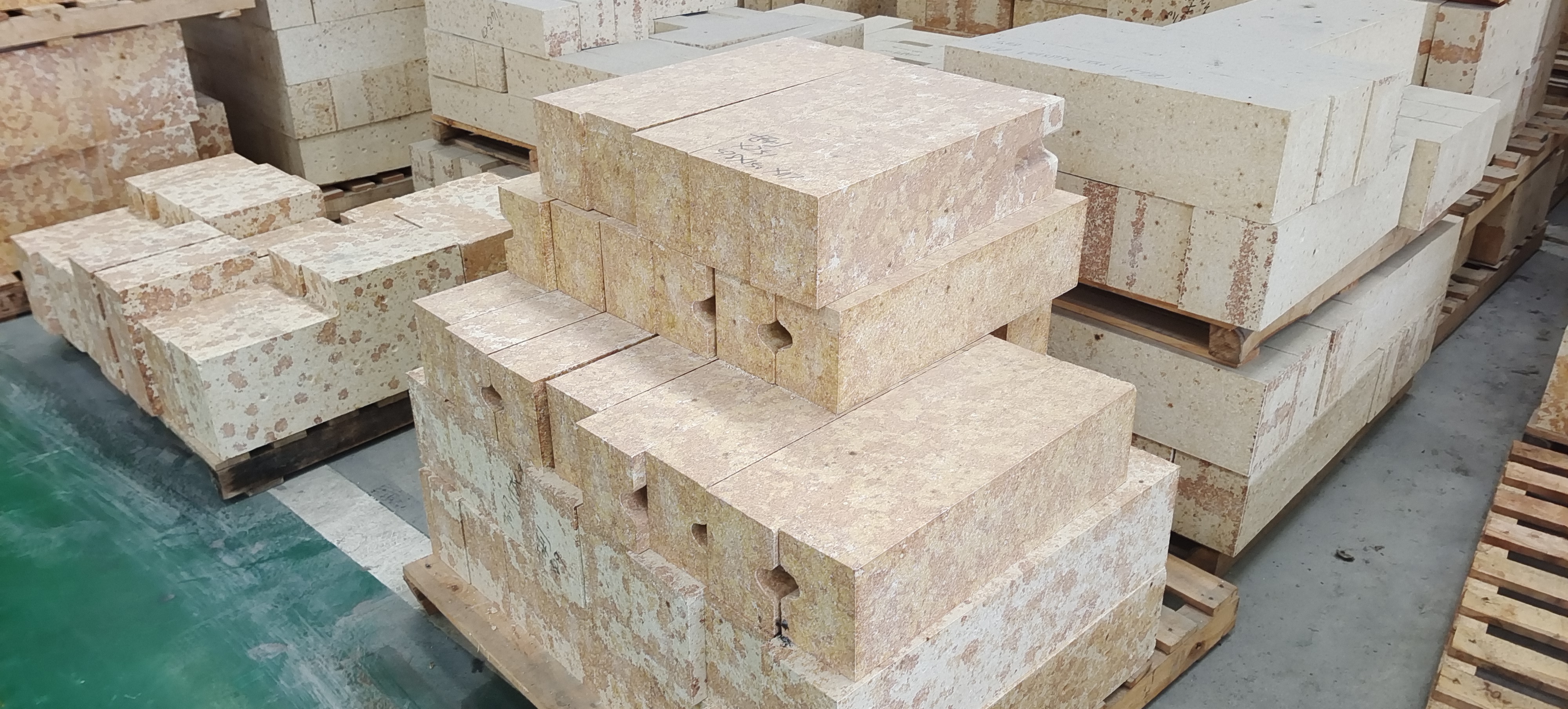
Selecting the optimal refractory materials for glass melting furnaces is critical for sustaining high operational efficiency and prolonging service life under intense thermal and chemical stress. Among the available solutions, AZS33 castable refractories demonstrate exceptional performance owing to their advanced composition and microstructural characteristics. This article explores the technological foundation and distinctive properties that make AZS33 refractories a preferred choice in diverse global markets including Southern Europe, Northern Europe, and Central America.
AZS33 refractories are developed through the fusion of premium raw materials—primarily high-purity alumina powder and carefully graded zircon sand. This unique blend yields a dense and homogenous microstructure, evident under microscopic examination, that is fundamental to withstanding the demanding conditions within glass melting environments.

Figure 1: Microstructure of AZS33 refractory with dense AZS phase distribution
The sophisticated microstructure formed by the AZS glassy phase and crystalline phases significantly improves the brick's resistance to thermal shock and chemical attack. This durability directly correlates with longer operational periods between maintenance shutdowns. Glass manufacturers engaged in high-temperature processes in Southern Europe’s soda-lime glass production or Northern Europe’s specialty glass applications consistently report reduced wear rates and improved furnace uptime when deploying AZS33 bricks.
Furthermore, the high alumina content paired with optimized zircon distribution limits the glass batch’s corrosive interaction, especially against alkali-rich molten baths. This feature proves invaluable in Central American markets where feedstock variability demands robust refractory performance.
A leading Northern European container glass producer reported a 25% increase in campaign duration after retrofitting their furnace crown with AZS33 refractories. Concurrently, the enhanced corrosion resistance delivered measurable improvements in glass quality consistency, translating into reduced defects and scrap rates.
Similarly, in Southern Europe, a specialty glass manufacturer documented savings in maintenance overheads by 18%, attributing this to the refractory's superior resistance to thermal cycling and mechanical load.
The versatility of AZS33 refractories addresses the varying demands of multiple global regions. Their capability to withstand extreme furnace environments while maintaining structural integrity offers glass producers a pragmatic solution that balances performance with lifecycle cost-effectiveness. As sustainability pressures grow, this material’s longevity reduces consumption and waste, aligning operations with ecological compliance goals.
Empower your glass melting operations with AZS33 castable refractories — combining proven technology, superior structural properties, and global market adaptability. Ensure stability, extend furnace lifespan, and optimize economic returns.
Get in Touch for Customized Solutions
